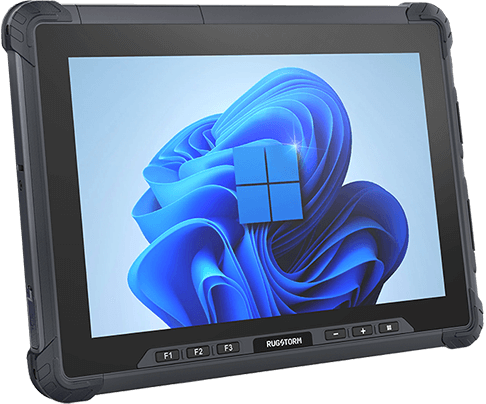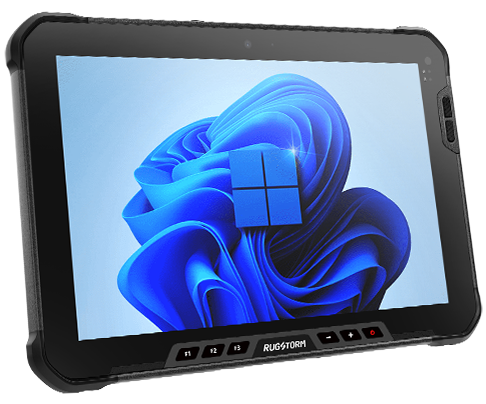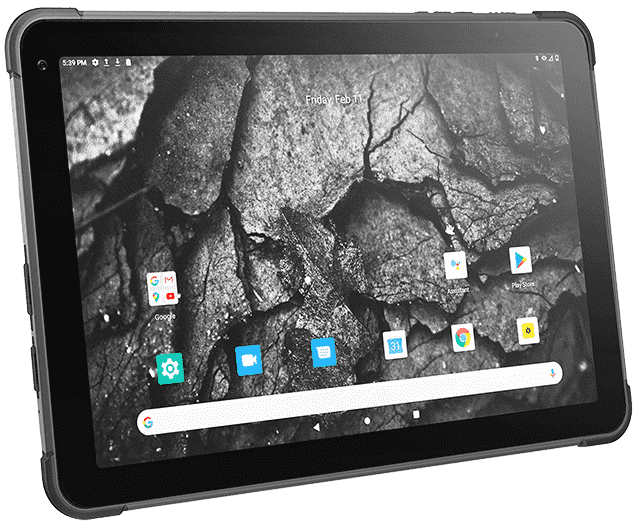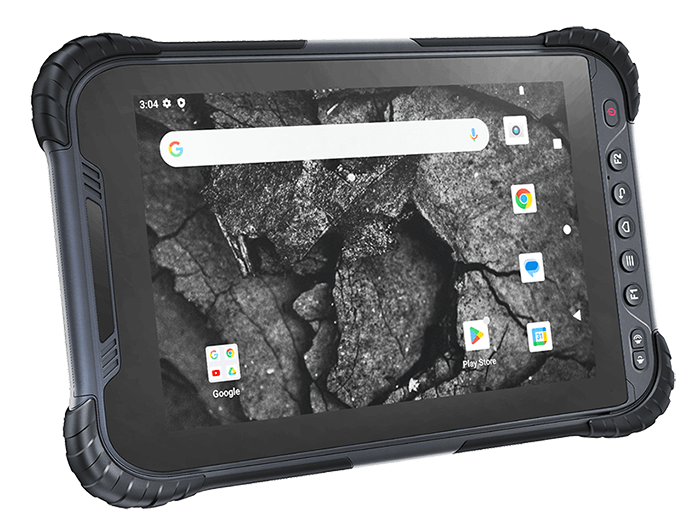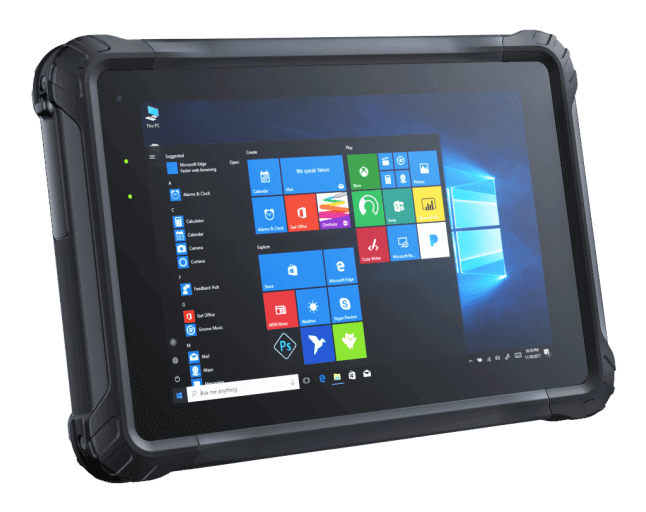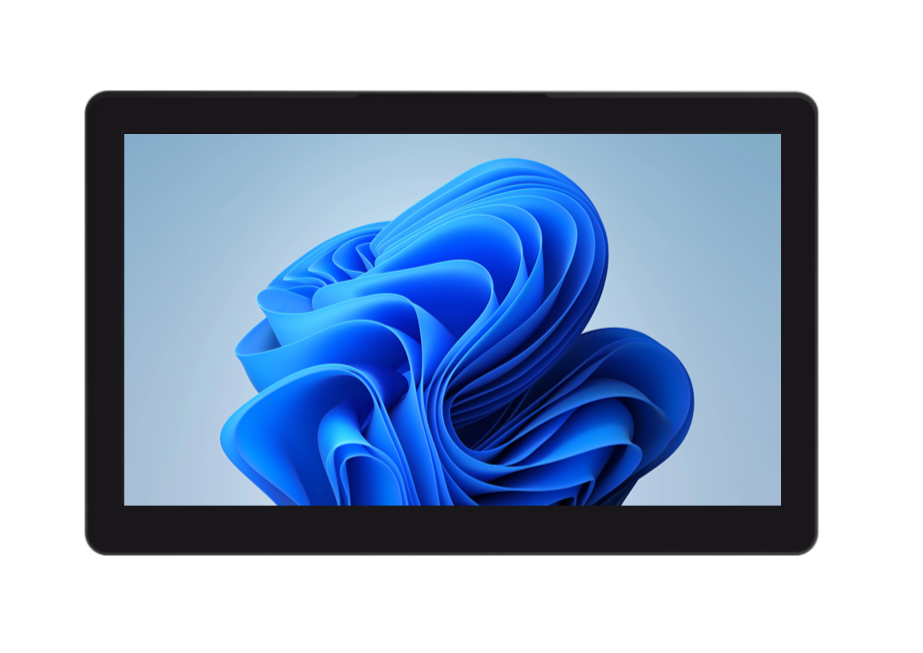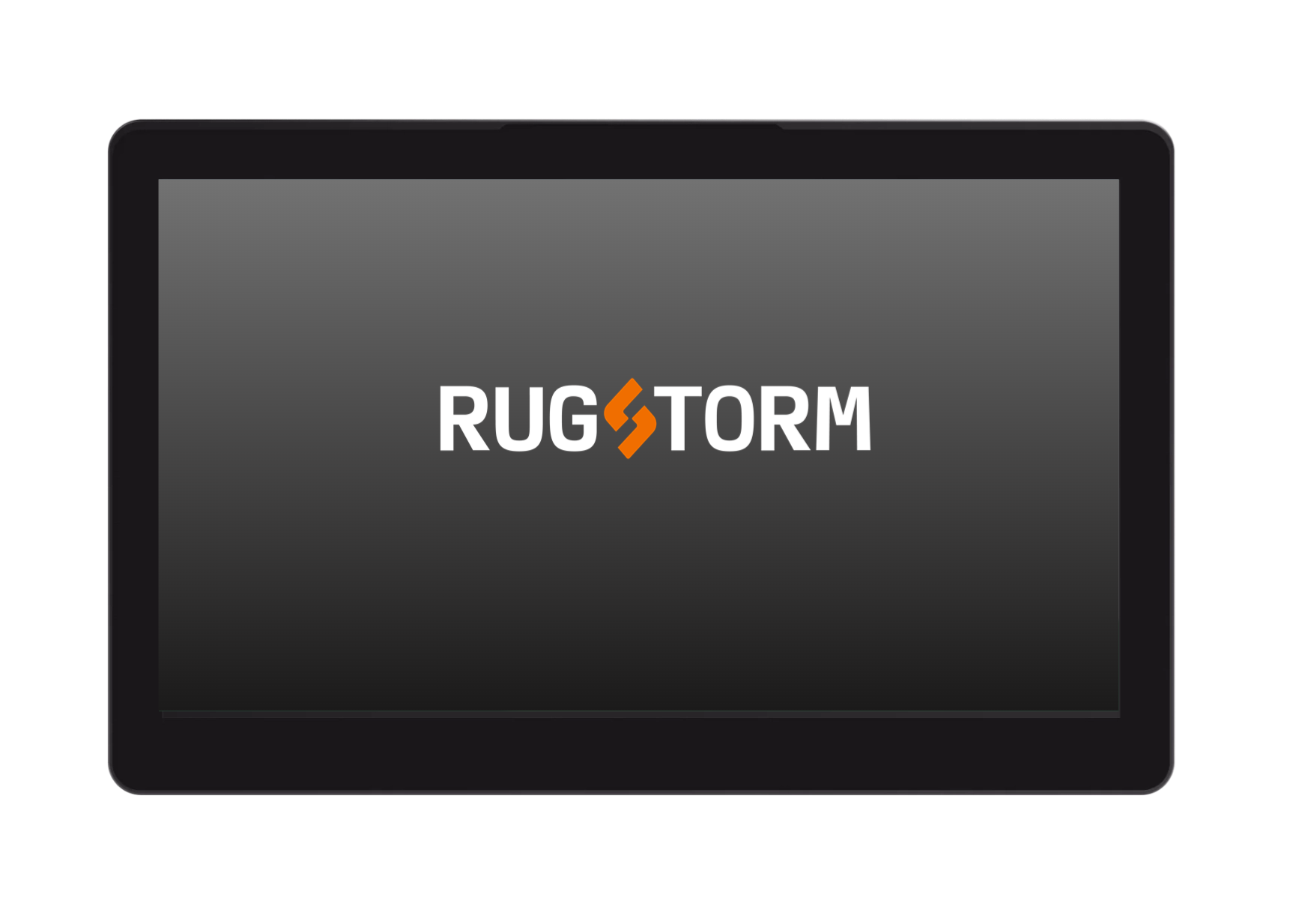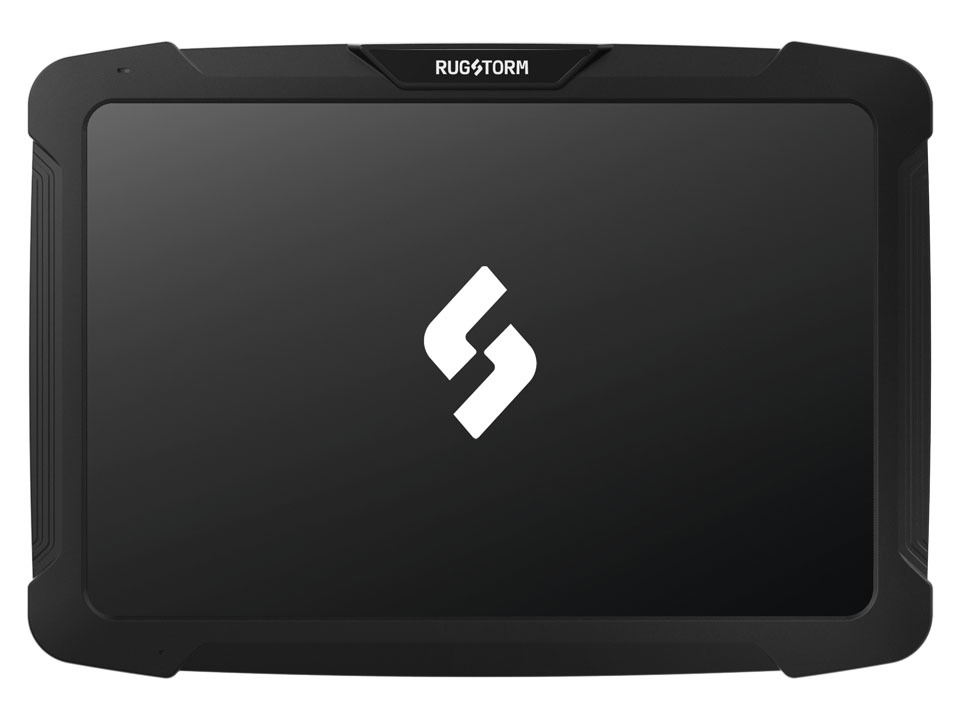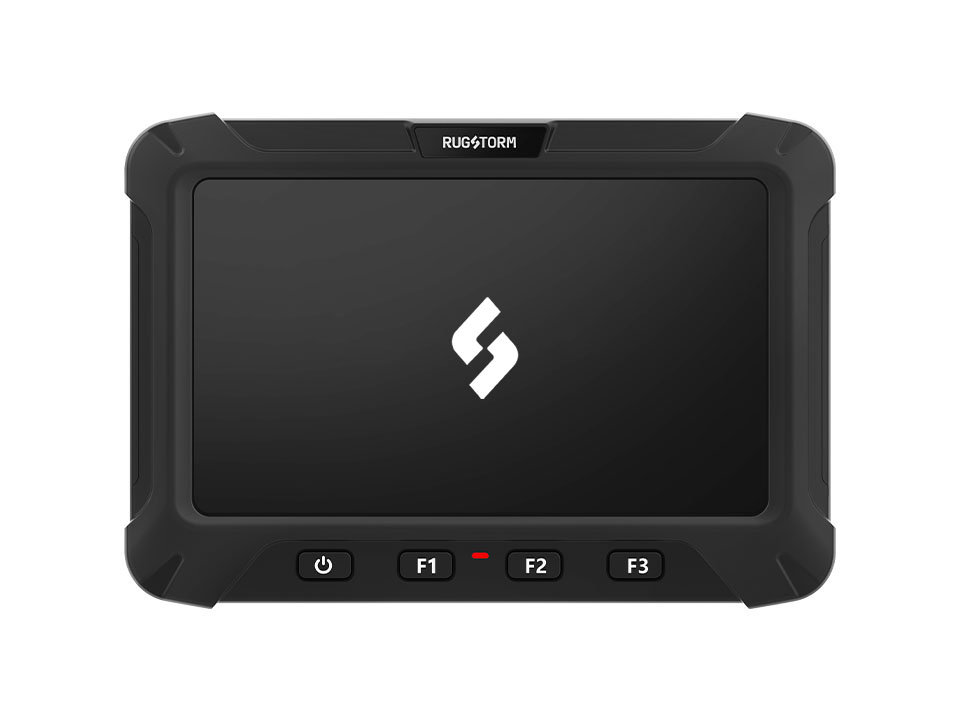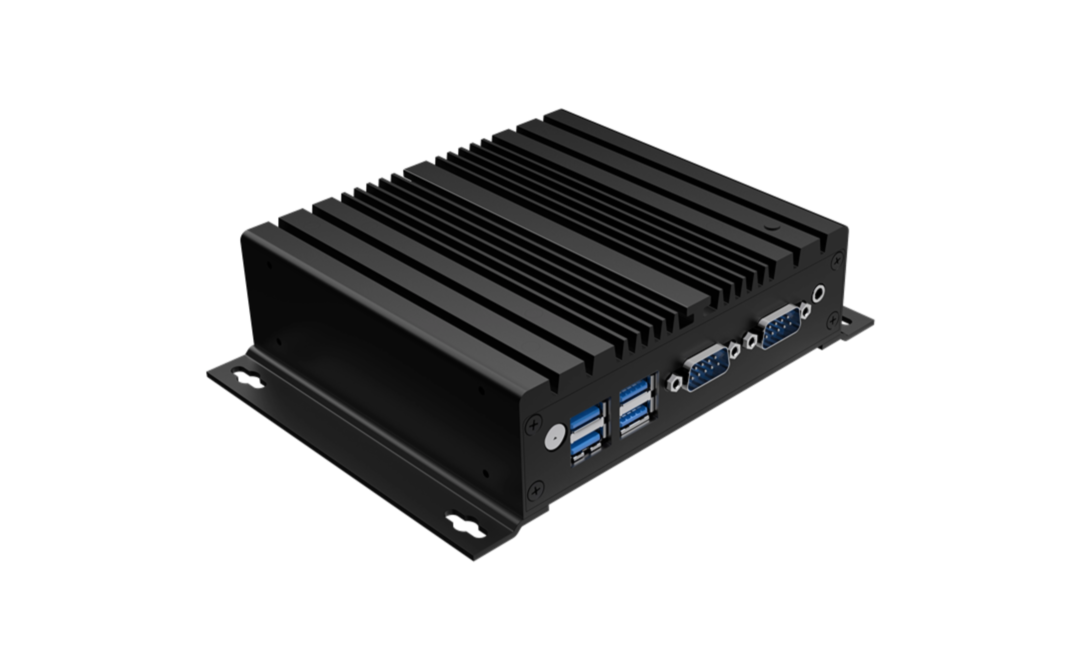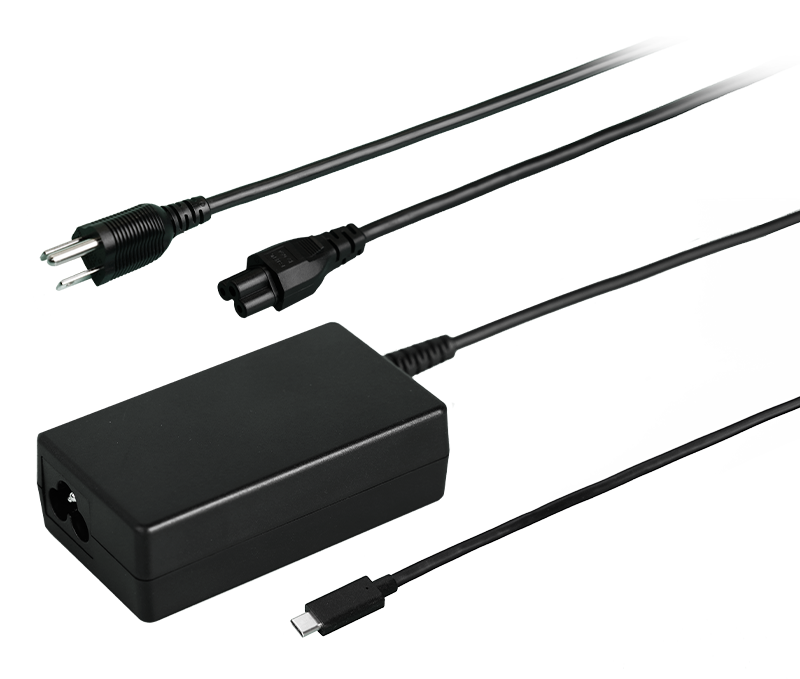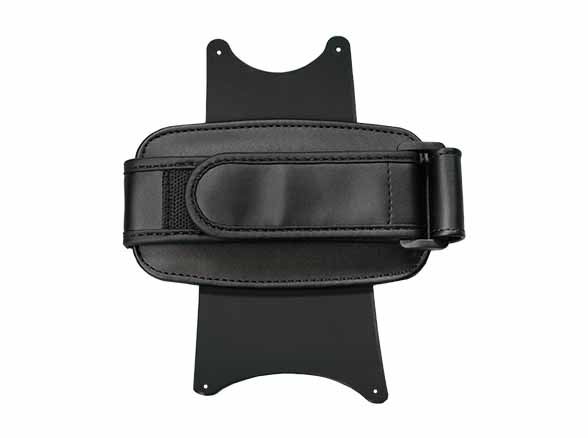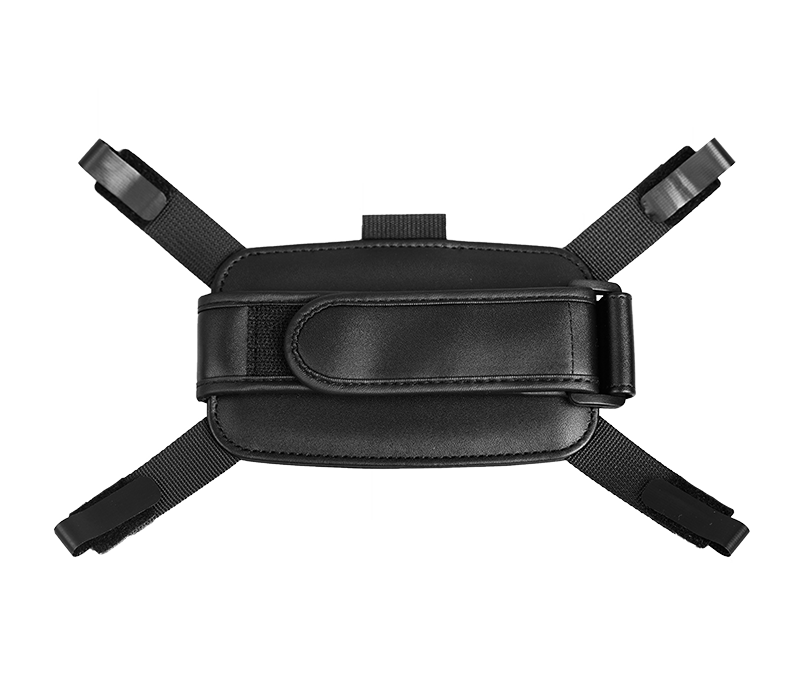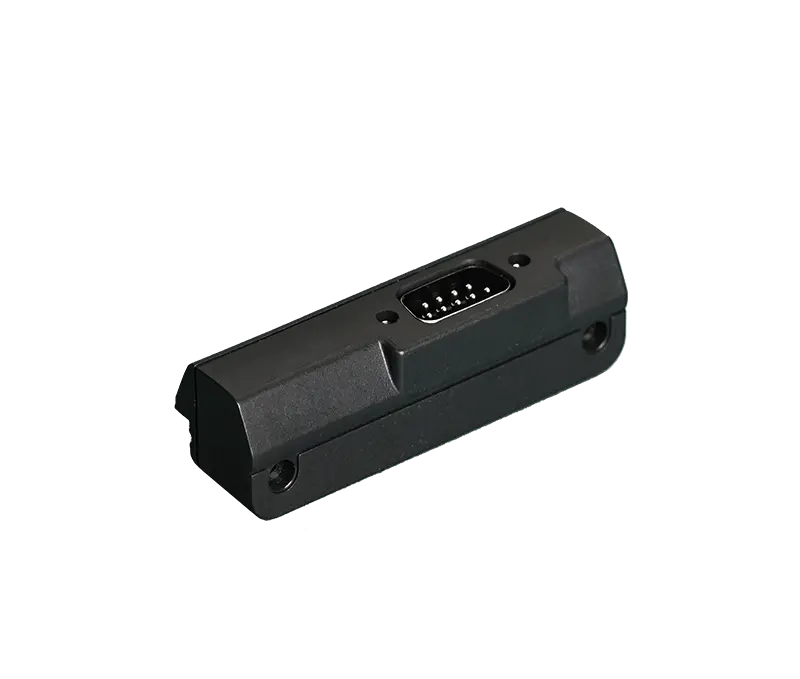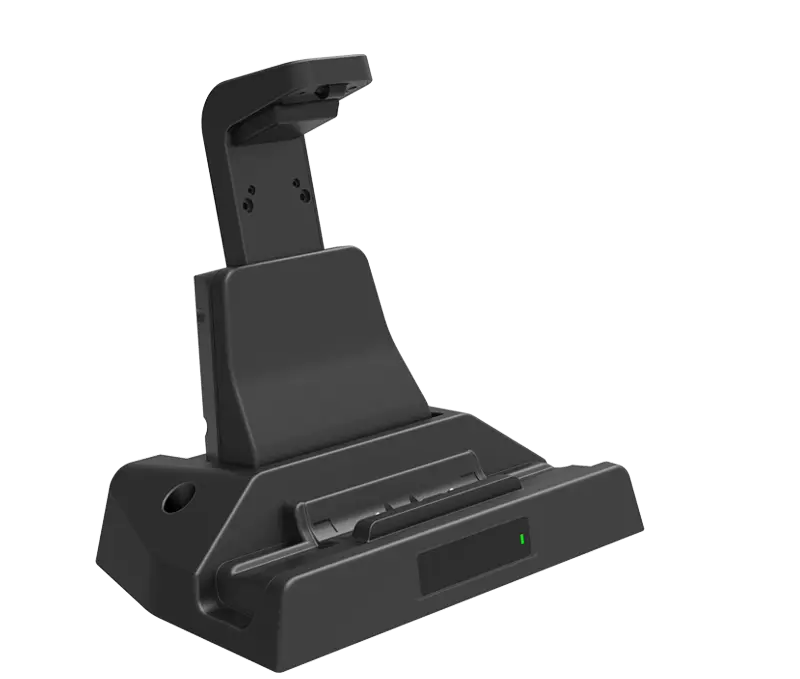In today's demanding work environments, tablets have become essential tools. But standard consumer tablets often can't withstand the rigours of industries like construction, manufacturing, field service, or public safety. That's where rugged tablets come in. These devices are built to endure harsh conditions, ensuring productivity even in the most challenging situations. Choosing the right rugged tablet is crucial, so let's explore the key features you should consider before making a purchase.
Why Choose a Rugged Tablet?
Rugged tablets offer several advantages over their consumer counterparts:
Durability: They are designed to withstand drops, shocks, vibrations, extreme temperatures, dust, and water.
Longevity: Rugged tablets often have longer lifecycles than consumer tablets, reducing the need for frequent replacements.
Enhanced Connectivity: Many rugged tablets offer superior connectivity options, including reliable Wi-Fi, Bluetooth, and cellular capabilities, crucial for remote work.
Purpose-Built Features: Rugged tablets may include features like barcode scanners, RFID readers, and hot-swappable batteries, tailored to specific industry needs.

Key Features to Consider:
When selecting a rugged tablet, consider the following features:
Ingress Protection (IP) Rating: This rating indicates the tablet's resistance to dust and water. Look for IP65, IP67, or IP68 ratings for robust protection. Higher numbers mean greater protection. For example, IP67 means the tablet can withstand submersion in water up to 1 meter for 30 minutes.
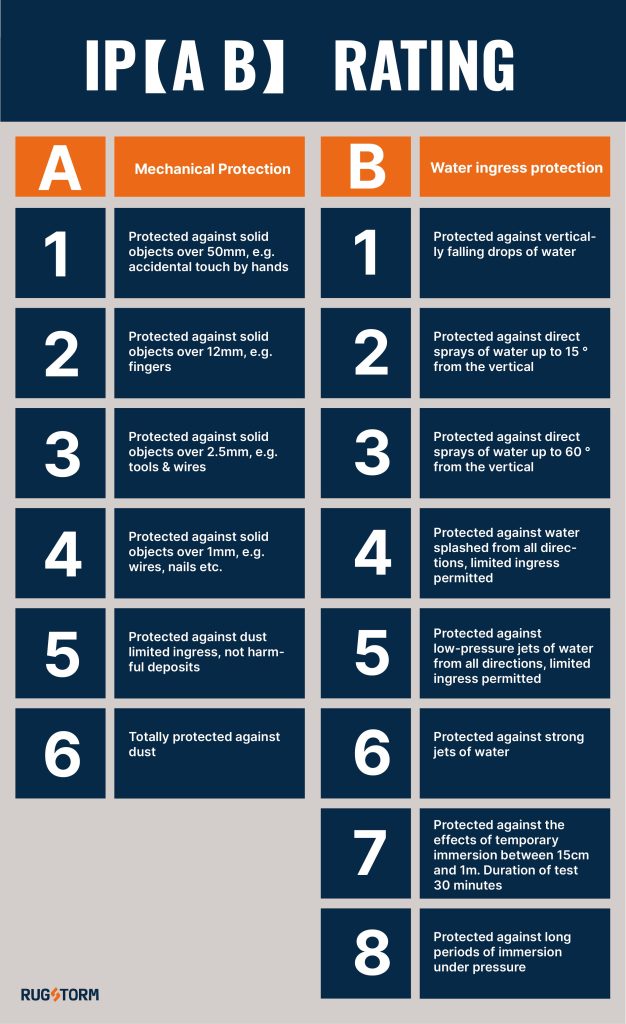
Drop and Shock Resistance: Check for certifications like MIL-STD-810G or higher. This military-grade standard ensures the tablet can survive drops, vibrations, and other physical stresses. Look for specific drop height ratings.
Operating Temperature Range: Ensure the tablet can function in the temperature extremes of your work environment. Consider both hot and cold operating temperatures.
Display Quality: A bright, sunlight-readable display is essential for outdoor use. Look for high nit values and consider features like anti-glare coatings. Screen size is also a factor - choose one that balances portability and usability.
Processing Power and Memory: The tablet should have sufficient processing power and RAM to run your required applications smoothly. Consider the demands of your software and choose accordingly.
Storage Capacity: Choose a tablet with enough internal storage for your files and applications. Consider whether it offers expandable storage via SD card.
Battery Life: Long battery life is crucial, especially for field work. Look for tablets with high capacity batteries and consider features like hot-swappable batteries for continuous operation.
Connectivity: Ensure the tablet offers the necessary connectivity options, including Wi-Fi, Bluetooth, GPS, and cellular data (4G/5G).
Operating System: Choose an operating system (Android or Windows) that is compatible with your existing software and applications.
Durability of Ports and Buttons: The ports and buttons should be well-protected and able to withstand repeated use in harsh environments.
Accessories: Consider available accessories like docking stations, hand straps, protective cases, and vehicle mounts that can enhance the tablet's functionality.
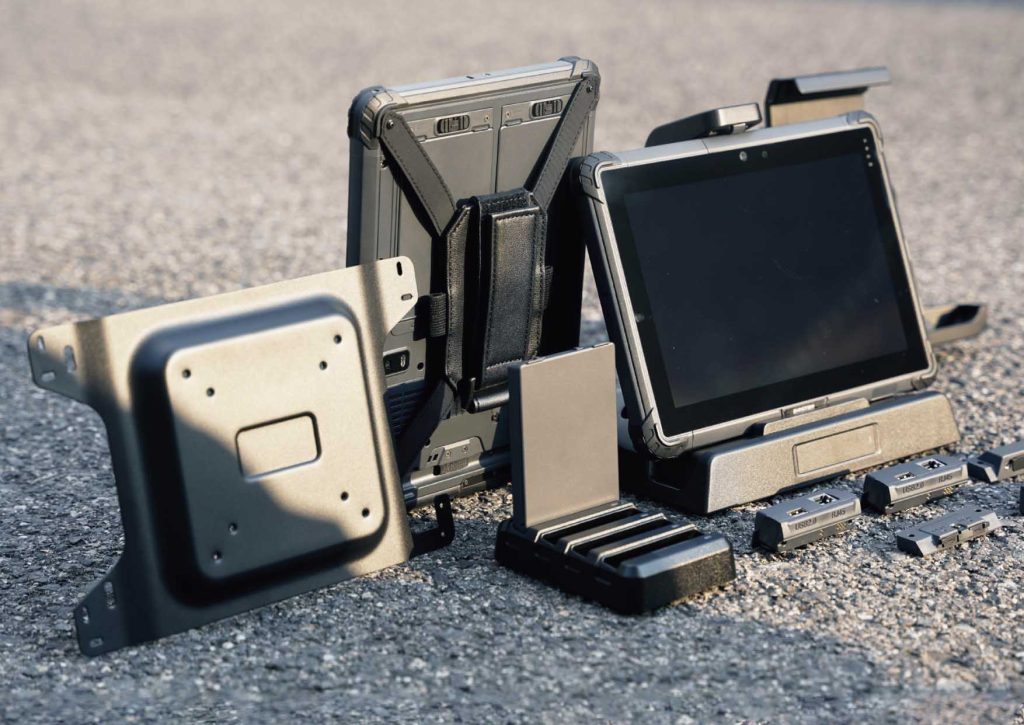
Making the Right Choice:
When considering rugged tablets, it's worth exploring brands like Rugstorm. Rugstorm offers a range of rugged tablets designed to meet the demands of various industries. They often focus on providing a balance of durability, performance, and affordability. Look into specific Rugstorm models and their specifications to see if they align with your needs.
By carefully considering the key features outlined above and researching different brands and models, including Rugstorm rugged tablets, you can select a device that will enhance productivity, improve efficiency, and withstand the challenges of your work environment. Don't hesitate to contact Rugstorm for more information and to discuss your specific requirements.

